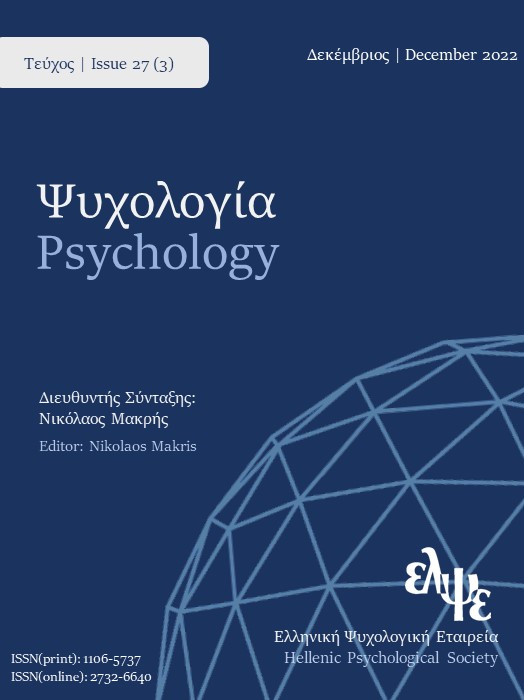Factors affecting employees’ intention to telework

Abstract
In the present study, a version of the vignette method was adopted in order to examine the intention of Greek employees to telework under two conditions, namely, part- (the work is carrying out with a dimension between the physical workplace of the employee and outside of it and during working hours of his/her choice) and full-time occupation (the work conducted outside of the physical employee’s workplace and throughout his/her working hours). More specifically, the study investigated the extent to which five factors, all of which have been discussed in the international bibliography, had an impact on the employees’ intention to telework: a. the Covid-19 pandemic, b. the supervisors’ encouraging stance towards telework, c. the organization’s supportive role with regards to teleworking, d. family obligations, e. interdependency between specific occupational obligations and other overall duties in the working environment. In order to examine the aforementioned, 83 employees from both the public and private Greek sector, participated in the research (Mean age 36,7; 54,2% female participants). The data collection was conducted at the beginning of the second wave of the pandemic (October-December 2020). Multilevel linear regression models were used for the data analysis. The results showed that the Covid-19 pandemic was the most important factor that contributed to the employees’ willingness to work part or full-time. The supervisors’ encouraging stance towards teleworking, the organization’s evident support towards teleworking, family obligations and the interdependency between specific occupational obligations and other duties in the working environment, all of these, followed with a decreasing perceived order. There were no significant interactions between the five independent variables. The research’s findings contribute to a discussion regarding the importance of individual and organisational factors that affect the employees’ intention to telework.
Article Details
- How to Cite
-
Koula, A. M., & Zampetakis, L. A. (2022). Factors affecting employees’ intention to telework. Psychology: The Journal of the Hellenic Psychological Society, 27(3), 98–117. https://doi.org/10.12681/psy_hps.26830
- Section
- RESEARCH PAPERS

This work is licensed under a Creative Commons Attribution-ShareAlike 4.0 International License.
The journal PSYCHOLOGY adopts a Platinum open-access policy. Submission, processing or publication costs are waived by the Hellenic Psychological Society. Papers published in the journal PSYCHOLOGY are licensed under a 'Creative Commons Attribution-ShareAlike 4.0 International' licence. The authors reserve the copyright of their work and grant the journal the right of its first publication. Third-party licensees are allowed to use the published paper immediately after publication as they wish, provided they retain the defined by the license copyright formalities, regarding the reference to its author(s) and its initial publication in the journal PSYCHOLOGY. Moreover, any adjusted work should be shared under the same reuse rights, so with the same CC license.



